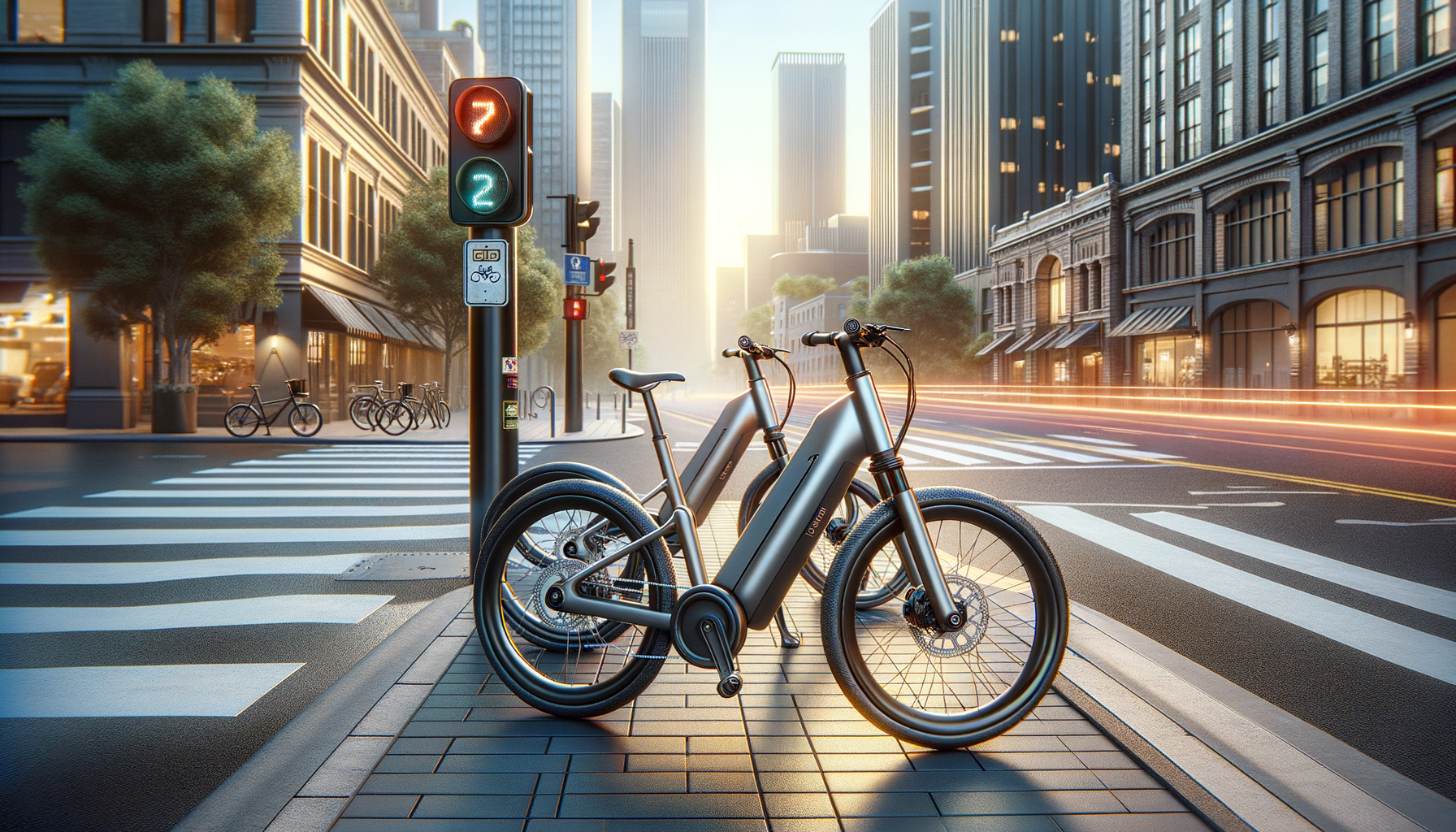Introduction to E-Bikes
E-bikes, or electric bicycles, represent a fusion of traditional cycling with modern electric technology. This combination offers an innovative solution for daily commuting and short-distance travel. With growing urbanization and the need for sustainable transport, e-bikes emerge as a practical alternative. They are equipped with a battery-powered motor that assists pedaling, making it easier to traverse longer distances and tackle challenging terrains. This feature broadens the appeal of cycling to a wider audience, including those who might find traditional biking too strenuous.
Benefits of Using E-Bikes
The advantages of e-bikes are numerous, contributing to their rising popularity. Firstly, they offer an eco-friendly mode of transport, reducing carbon emissions compared to cars and motorcycles. This aligns with the global push towards reducing environmental impact. Secondly, e-bikes provide a cost-effective solution for daily travel. They have lower operating costs compared to motor vehicles, as they do not require fuel and have minimal maintenance expenses.
Additionally, e-bikes promote physical health by encouraging regular exercise. The electric assistance allows riders to adjust the level of exertion, making cycling accessible to people of varying fitness levels. Furthermore, they help alleviate urban congestion, providing a swift and flexible way to navigate through traffic.
Types of E-Bikes
There are several types of e-bikes available, each catering to different needs and preferences. The most common types include:
- City E-Bikes: Designed for urban commuting, these are ideal for navigating city streets and offer features like comfortable seating and integrated lights.
- Mountain E-Bikes: Built for off-road adventures, these bikes feature robust frames and enhanced suspension systems to handle rugged terrains.
- Folding E-Bikes: Perfect for those with limited storage space, these bikes can be easily folded and stored in small areas, making them convenient for commuters who use public transport.
Understanding the different types allows potential buyers to choose an e-bike that best suits their lifestyle and travel needs.
Considerations When Buying an E-Bike
When purchasing an e-bike, several factors should be considered to ensure it meets your needs. The battery life and range are crucial, as they determine how far you can travel on a single charge. It’s important to assess the terrain you will be riding on, as this affects the type of e-bike you should choose. For instance, if you plan to ride on hilly areas, a bike with a powerful motor and good torque is essential.
Additionally, consider the bike’s weight and size, especially if you need to carry it up stairs or store it in tight spaces. Test riding a few models can also provide insight into comfort and handling. Lastly, evaluating the warranty and after-sales support can help ensure a satisfactory purchase experience.
The Future of E-Bikes
The future of e-bikes looks promising as technology continues to advance. Innovations such as improved battery efficiency and lighter materials are set to enhance performance and user experience. Additionally, the integration of smart technology, such as GPS and connectivity features, is likely to become more prevalent, offering users enhanced navigation and tracking capabilities.
As cities continue to invest in cycling infrastructure, e-bikes are poised to become a staple in urban mobility solutions. This growth will not only benefit individual users but also contribute to broader environmental and public health goals. As a result, e-bikes are expected to play a significant role in shaping the future of transportation.




Leave a Reply